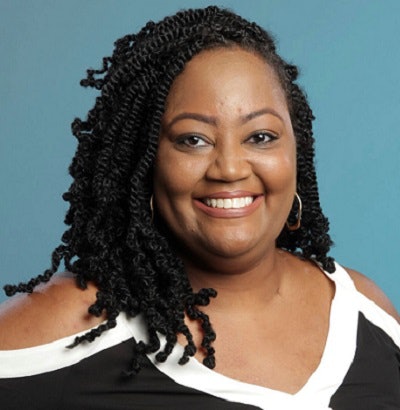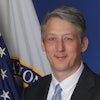Instances of discrimination, bias and outright racism against people of color in the workplace are well documented, so much so that many organizations have implemented intensive diversity, equity and inclusion programs to address and hopefully fix these issues in order to make their organizations more inclusive.
 Tai Harden-Moore
Tai Harden-MooreHowever, when we think about workplace bullying, we often think of it in terms of the corporate world, not higher education. Yet, academic bullying – workplace bullying that takes place in institutions of higher education – can no longer remain a dirty little secret.
Academic bullying is a persistent issue in higher education that must be addressed.
Colleges and universities seek to prepare their graduates both for the workplace and for the world. They do this by hiring high-quality faculty and administrators who through both rigorous course work, classroom instruction and personal interactions guide students through the process of learning who they are, who they want to become and what they want to do with their lives.
The pursuit of higher education is a pursuit of both personal growth and academic knowledge; knowledge that has the power to change or solidify a student’s worldview. Sadly, despite the influence that higher education has on student populations, institutions of higher education are not protected from the influences and incidents of racism. In fact, research shows that institutions of higher education frequently promote a system of power, privilege and racial oppression.
Earlier this month, news broke of a lawsuit filed against Utah State University, the university’s psychology department and individual professors and students claiming that 24-year-old Ph.D. candidate Jerusha Sanjeevi ended her life in April 2017 due to relentless academic bullying she faced while pursuing her degree. As I read about what allegedly happened to Ms. Sanjeevi, I was struck by both the severity of the bullying she allegedly endured and the fact that as a woman of color working in higher education, I know that she was not alone in enduring such treatment.
While the levels to which Ms. Sanjeevi was allegedly harassed is extreme, many people of color working in higher education, both as professors and as administrators and staff, also face workplace bullying of varying degrees. From having our credentials and abilities questioned, being passed over for promotions or other assignments, to being subject to microaggressions or outright racist comments, the struggle for people of color in higher education is very real, and its effects can have devastating consequences.
While it must be said that most academics are not bullies, the fact that academic bullying occurs in any capacity must be addressed. In order to address academic bullying, victims of academic bullying must be willing to both share their experiences and call out their bullies. While that can be very difficult, particularly when considering the potential professional and personal consequences, it must be done in order to bring attention to this issue.
Once the issue is out in the open, it is the responsibility of the individual institution to work to change their culture and eliminate academic bullying by implementing institutional changes that ensure that all persons are treated with dignity and respect.
Tai Harden-Moore is founder of Moore Consultants for diversity, equity and inclusion.















